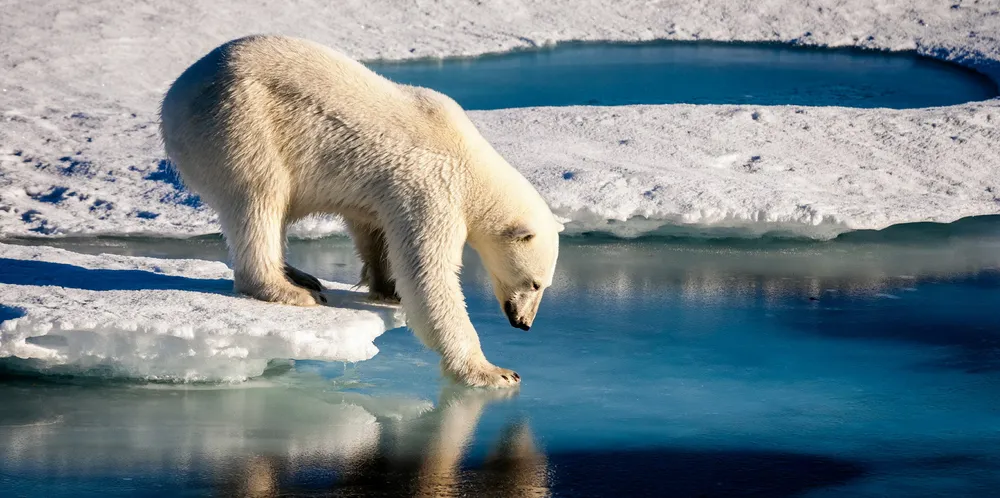Vanishing Arctic ice 'could boost wave power potential'
Russia, Norway and Greenland stand to benefit most from new swathes of ocean suitable for marine renewables, say researchers

Russia, Norway and Greenland stand to benefit most from new swathes of ocean suitable for marine renewables, say researchers
